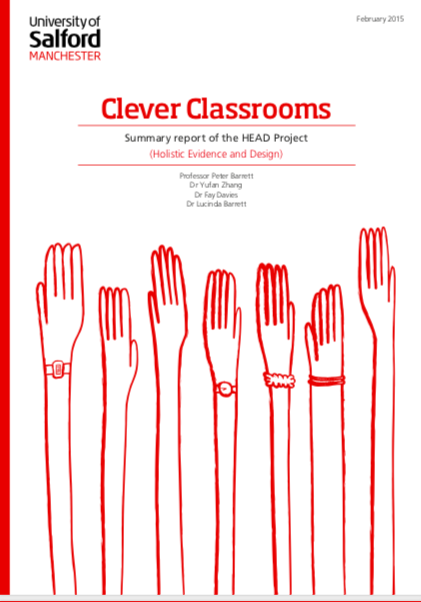Our research base
What sits behind the decisions we make to educate your children? Find out more here.
Te Whāriki - The New Zealand Early Childhood Curriculum.
In 2019 Waimairi School was a finalist in the Prime Minister’s Excellence in Education Award for the way we set up our five-olds for their start to school.
Dr. Julia Atkin.
World renowned educationalist, Dr. Atkin works internationally with governments and state education officials. She has been a long time external critical friend of Waimairi School. She had considerable input into the design process for our Waimairi Curriculum and our school rebuild. Watch the full series of these videos filmed at Waimairi School.
Professor Angus Hikairo MacFarlane.
Angus worked with our staff to deepen our undrestanding of his significant work Kia Hiwa Ra: Listen to Culture. You can learn more about the words that etched on our windows. Pūmangawatanga. Kotahitanga, Manaakitanga, Kotahitanga, Rangatiratanga.
In 2021 we are using Whakaakoranga Kura Tuatahi as an important self review tool.
Ihi Research and Development.
Ihi Research is a long-term partner of Waimairi School. They have worked with us to train our staff as professional action researchers in the fields of Mathematics development, Literacy development. transitioning five-year-olds to school, and research into staff, child, and community well-being. They have also contributed significantly to our development of culturally responsive practice.
Check out their Sparklers research project based at Waimairi School.
Pam Hook
Pam is a leading New Zealand based, international educator. She works with Waimairi staff several times each year to critique and strengthen their planning for deep learning outcomes for each upcoming term.
Nathan Wallis
Nathan has worked with Waimairi staff and children to improve well-being. The way we operate is informed by sound neuroscience and child development research, thanks to Nathan’s ability to clearly communicate this complex content to our staff and community.
The Nature of Learning: Using research to inspire practice. OECD.
“Rethinking what is taught, how it is taught, and how learning is assessed” This significant piece of work is a key shaper of the way we work at Waimairi. Particularly the section called the ‘Seven Principles of Learning’.
Professor Carol Dweck
Thanks to Learning Network NZ Waimairi staff were honoured to host Prof. Dweck in Christchurch, and then spend a day learning with Prof. Dweck when she visited New Zealand. Carol’s work informs much of our work with literacy and numeracy, particularly for those children needing extra support.
Graham Nuthall
“The Hidden Lives of Learners takes the reader deep into the hitherto undiscovered world of the learner. It explores the three worlds which together shape a student’s learning – the public world of the teacher, the highly influential world of peers, and the student’s own private world and experiences. What becomes clear is that just because a teacher is teaching, does not mean students are learning”.
Mary Featherston
Legendary Australian education designer Mary Featherston, was moved by the impact of the Christchurch earthquakes. She came out of retirement to travel to Christchurch to support us. She ran workshops at a ‘rebuild the city’ conference and on the next day she kindly worked with the Waimairi staff to train us all in sound educational design practices before our rebuild was planned. Just two days of work with Mary cemented a profound shift in our staff understanding of educational design. We remain forever in her debt.
David and Mary Medd
“Can we please stop claiming that all effective eduction is ‘modern learning’ it is just good education”. A gift from the wonderful Mary Featherston to the Waimairi staff was this set of videos.. This beautiful insight into the rich, pedagogy-driven, David & Mary Medd’s design of Eveline Lowe Primary. This school has endured all the fads over the years and remains functional (and heritage protected) today.
Elwyn Richardson
“As an educator, Elwyn was ahead of his time. He fostered the kind of bicultural classroom that only became more generally valued some decades later. He used te reo Māori in his interactions with his students at a time when departmental policy actively discouraged it, and explored te ao Māori through history, language and art. He regularly invited kaumātua to address the students, and encouraged those who were natural leaders in their communities to assume these roles within the school. He shunned corporal punishment decades before it was banned in New Zealand schools”.
Prof. Peter Barrett
Read about the perhaps surprising, results of the impact of the built environment on learning outcomes. The design of Waimairi School is very much aligned to this work. Next time you are visiting school look for the Air Quality Monitoring Stations and the flow of natural light into EVERY space.
Some recommend additional reads
Sustainable Education. Re-visioning learning and change. Stephen Stirling.
The Beautiful Risk of Education. Gert JJ Biesta.
This is a book about what many teachers know but are increasingly being prevented from talking about: that real education always involves a risk. The risk is there because, as W. B. Yeats has put it, education is not about filling a bucket but about lighting a fire. It is there because students are not to be seen as objects to be moulded and disciplined, but as subjects of action and responsibility.







